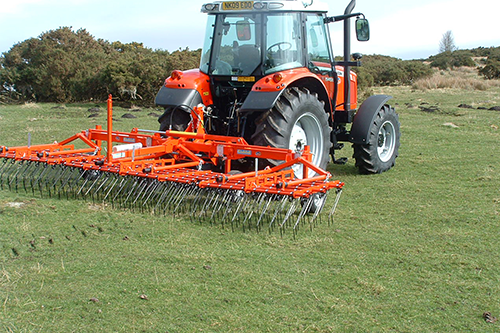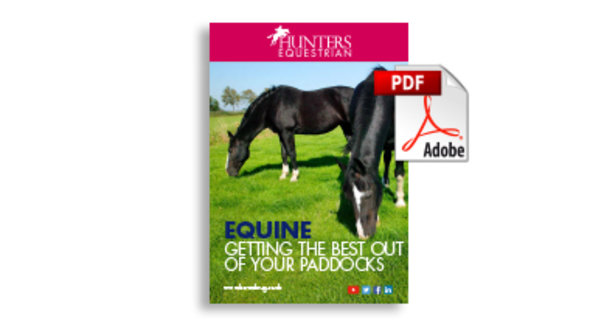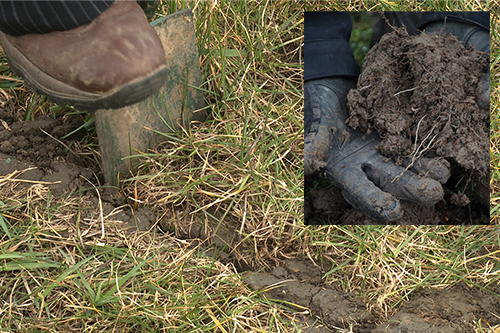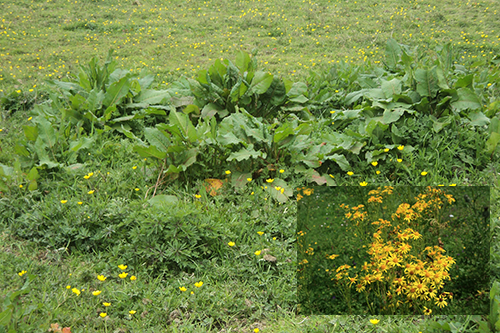You need to renovate the paddock when you have 30-50% undesirable species in the field.
Overseeding
Overseeding is the most successful and economical way to improve horse paddocks that have open swards and damaged areas. Overseeding can be done either by manual broadcasting or with help of a spreader. Overseeding is a simple, effective and low-cost way to improve worn leys or old paddocks without ploughing and re-seeding.
Re-Seeding
The re-seeding of a paddock is only recommended if the damage is severe. Reseeding takes time and there must be adequate alternative grazing/turnout for at least 12 weeks.
When
Soil temperature needs to be above 8 °C, so this usually means between April and September.
How
Harrow vigorously to remove dead material and shallow rooted weeds and weed grasses. This can be done with a garden rake in small areas.
Sow
Seed into fine, firm seedbed which has adequate moisture levels
Roll
Essential to ensure seed makes contact with soil allowing germination.
Seed needs water and soil to germinate.
Should I add fertiliser?
If you get the soil right you stand a good chance of growing grass; all grass will benefit from feeding with fertilisers.
Do not fertilise at sowing because the new plants have no roots and unable to take up nutrients.
All you do is favour the existing sward and provide more competition to the new plants.
The final tip
Ultimately, on-going management is important; a little bit of attention now and again will really pay dividends.
We should be looking at our grass and paddocks almost as often as we look at our horses.
The more you look after your grass the more it will look after you.








